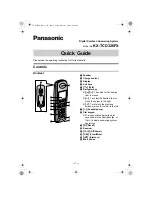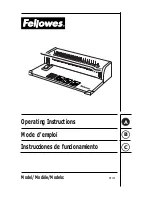
There are two basic functions of the TRNSB, frame format conversion and
bridge technology conversion, as detailed below.
Frame Conversion
Frame format conversion is merely moving the fields of the Medium Access
Control (MAC) layer headers, or creating or deleting them. Figures 29 and 30
show the frame format conversions performed by the TRNSB.
Figure 29. 802.5 to 802.3 Frame Conversion
Figure 29 shows how 802.5 frames are converted to and from 802.3 frames.
Since bit ordering differs between these types of networks, the bits of the
station addresses (DA, SA) must be reversed. The Routing Information Field
(RIF) is extracted when moving from 802.5 to 802.3, and inserted when
going in the other direction. (The TRNSB maintains a store of RIFs; see
below.) The 802.3 length field is also created or removed as necessary.
Figure 30. 802.5 to Ethernet Frame Conversion
SD AC
FC
DA
SA
Routing Information
Field (RIF)
Data
SA
DA
Length
Data
80D5
Pad
SA
DA
Length
Data
SD AC
FC
DA
SA
Routing Information
Field (RIF)
Data
Bridging Service
Source-Routing Bridging
2-40
Summary of Contents for 600 Series
Page 1: ...Hewlett Packard Series 200 400 and 600 Routers HP Routing Services and Applications ...
Page 4: ......
Page 5: ...1 Product Notes ...
Page 6: ...Features of HP Routers Architecture and Technology Branch Office Routing Product Notes 1 2 ...
Page 38: ...Architecture and Technology Software Control Path Architecture 1 34 ...
Page 52: ...Branch Office Routing Future Directions 1 48 ...
Page 53: ...2 Routing Services Notes ...
Page 106: ...Bridging Service Traffic Prioritization 2 54 ...
Page 158: ...Novell IPX Routing Service NetBIOS Protocol Support 2 106 ...
Page 194: ...Data Compression for WAN Links Conclusion 2 142 ...
Page 195: ...3 Application Notes and Case Studies ...
Page 224: ...Improving Network Availability Application Recovery 3 30 ...
Page 234: ...ISDN Wide Area Network Design Dry Creek Joint Elem School District Performance 3 40 ...
Page 316: ......
















































